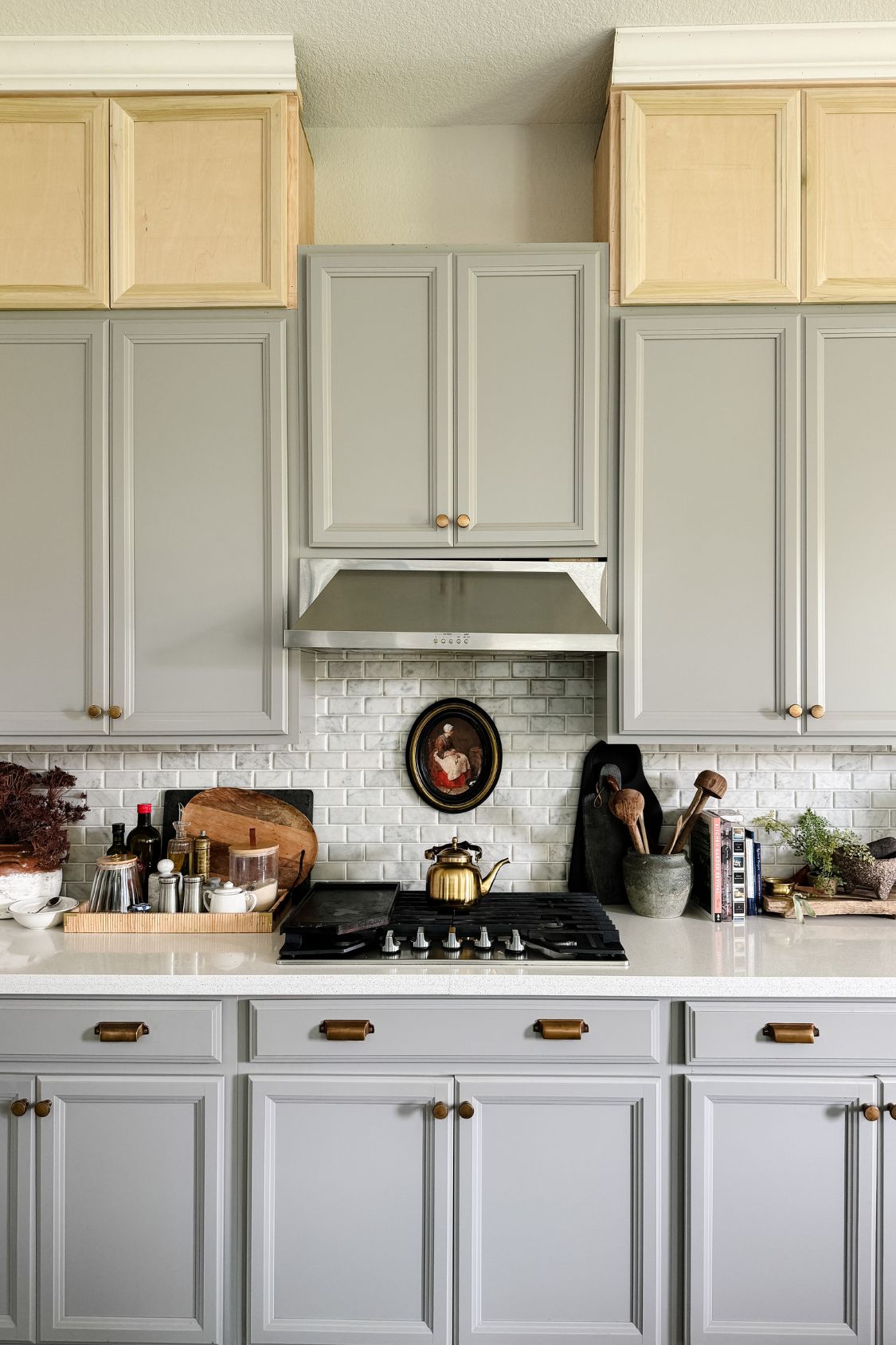The Do’s and Don’ts of Investing in Home Improvement Projects

Hi Guys! Today I have a totally different post for you all. I’m sharing my top tips for attempting DIY projects in your homes, while keeping resale in mind. We bought this house knowing that we would probably resell in 6-10 years and that affects every home improvement project we begin in this house. All the investment we do, has to be smart and calculated, while keeping our personal style and needs in mind.
When performing any projects, consider resale value down the line. Even if it’s not on your mind—for the time being—thoughtful renovations will boost the value of your home and help you out in the long run. Before you begin, it’s essential to assess your specific needs and wants for your home, as well as what makes sense in terms of return on investment, and functionality. To make things easy here are some dos and don’ts of investing in home improvement projects:

Do Consider a Kitchen Remodel
When moving forward with any home improvement project, it’s a great idea to consider more popular rooms such as the kitchen. Kitchen remodels are one of the most commonly completed home improvement projects. Considering the kitchen is thought to be the heart of the home, it makes sense to give it a small refresh.
To determine if this home improvement project is a good fit for you and your home, look into how much the average cost to complete a kitchen remodel is to understand all the elements that go into a kitchen remodel. Once you’ve assessed the potential cost, decide what kind of renovation works best for you. Minor kitchen remodels prove to be a good investment as they can have a resale value of $18,123, and can include elements such as new cabinets, appliances, flooring, fixtures and a fresh coat of paint.

Don’t Complete Luxury Renovations
If you’re still considering a kitchen remodel or changing out something big like stair ballusters, it may sound nice to complete a full luxury remodel. In terms of investing, that may not be such a good idea. Too much customization or costly projects may only be appealing to you and not future homeowners, making them a bad investment. Other luxury renovations, such as a sunroom, swimming pool, or garage turned master suite, can do more harm than good.
These renovations may sound like a good idea at the time—who wouldn’t love to jump in their pool on a hot day? Unfortunately, the resale value would not cover the high cost of these projects, and it may be best to stray away.

Do Your Research
This might be the most crucial aspect of a home improvement project. You must understand your project as a whole before starting in order to save yourself time and money in the long run.
First, look into the potential costs of every aspect of your project, whether it be materials, installation, or hiring a professional. Once you have a general understanding of what your project will look like in terms of money, you should establish a budget. This will help prevent overspending, as well as help you make decisions down the line if an emergency pops up. Go into your project, knowing what you’re willing to sacrifice versus what you don’t want to go without. That’s exactly what I did with my office reno – I researched a ton – looked into all the DIYers who had already attempted a similar desktop and art ledge and only after I was well versed in the scope of work, did I attempt to work on my own.
It’s not a bad idea to give yourself a timeline for your project, but be sure to make it realistic. Anything is possible, and be prepared for surprises to arise. It’s especially not uncommon in older homes, to find hidden issues that you will need to fix, which can disturb your timeline. Just remember to stay patient and positive, as once you complete your remodel, it will all be worth it.
When looking into hiring a pro, it’s essential you’re thorough about it. Receive multiple quotes from various contractors, ask questions, and complete background checks. Understand that contractors’ prices reflect numerous aspects, such as materials, labor, and quality. In doing so, you can be sure you find the best fit for the job.

Don’t Attempt to DIY Every Project
DIY projects are not only fun but can also be cost-effective. It can also be beneficial as you’re on your timeline and can complete the work when it’s best for you and your lifestyle. But it’s even a good idea to leave some projects to the professionals.
Some home improvements best left to the pros are foundation work, insulation, hardwood flooring installation, as well as electrical and plumbing work. Liz from Within the Grove was smart to outsource her flooring install for her son’s bedroom shown above and she only attempted it on her own when she had watched them and gained the confidence the work needed. As a bonus, hiring a professional frees up some of your time so that you can work on other aspects of your remodel.
Projects best for DIYing are painting, installing new fixtures, and adding decorative mill work like shiplap or wainscoting.
There are plenty of aspects to a home improvement project, and you must understand them all before diving right in. Whether you’re remodeling for personal value, or you plan to sell your home down the road, following these do’s and don’ts will ensure you have the most successful renovation possible. If there’s anything I’ve missed or if you have a tip you’d like to share, drop me a line down below!






